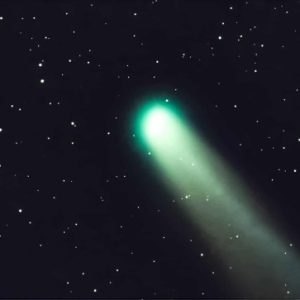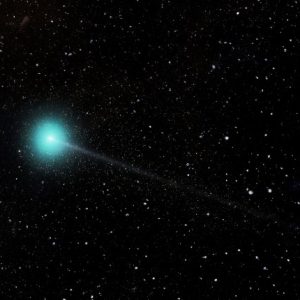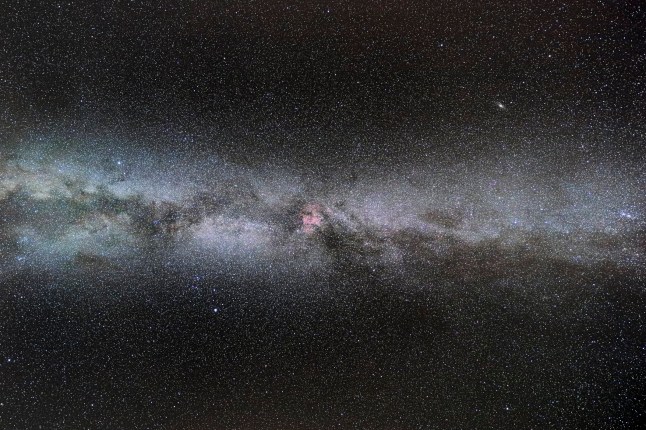
The heart of the Milky Way could be holding the key to one of the universe’s oldest secrets.
A mysterious glow of gamma rays in the centre of our galaxy has been a mystery for decades, but researchers think they’ve found the reason for it.
Joseph Silk, a professor of physics and astronomy at Johns Hopkins, believes the elusive glow could be proof of dark matter colliding.
If true, it would be the first-ever proof that dark matter – the groovy, invisible glue that keeps galaxies together – exists.
‘Dark matter dominates the universe and holds galaxies together,’ Dr Silk said.
‘It’s extremely consequential and we’re desperately thinking all the time of ideas as to how we could detect it.’
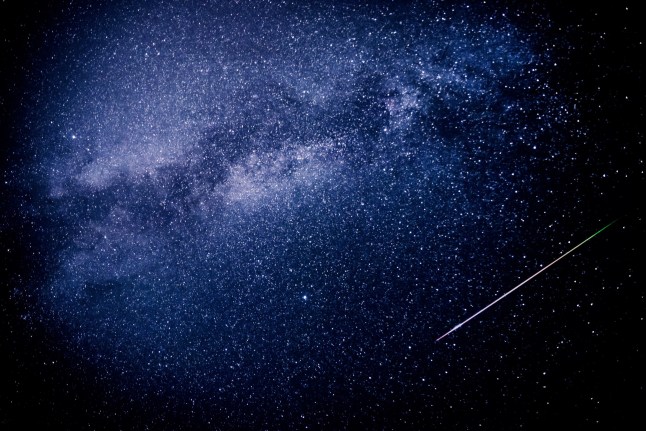
The new study, headed up by Dr Silk, saw scientists make a map of where they think dark matter is in the galaxy.
The maps show evidence that the gamma ray glows emitting from the centre of our galaxy could be caused by this dark matter.
It could also be old neutron stars, which are rewoken, that are causing this glow. But that’s more unlikely.
‘A clean signal would be a smoking gun, in my opinion,’ Dr Silk said.
‘It’s possible we will see the new data and confirm one theory over the other. Or maybe we’ll find nothing, in which case it’ll be an even greater mystery to resolve.’
Earlier this year, breathtaking images of thousands of galaxies taken by a 609-megapixel camera were released by space officials.
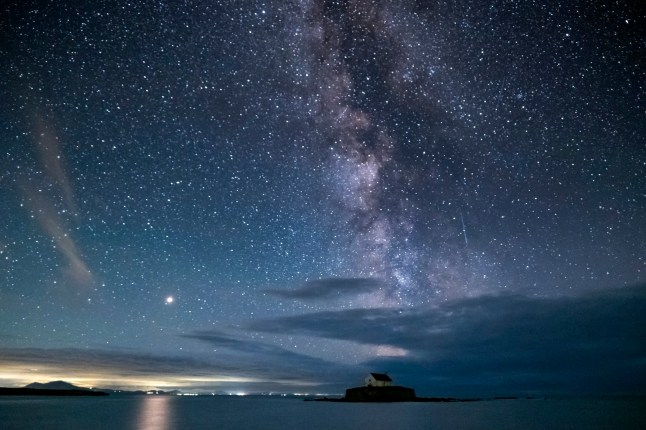
The images were taken by Euclid, a European Space Agency (ESA) telescope launched in 2023 that hopes to capture the ‘dark universe’.
‘Not only are these images pretty, they’re delivering on the science,’ Adam Amara, chief scientist at the UK Space Agency, who first proposed the idea for Euclid, told Metro.
Astronomers are also intrigued by what’s not visible in the images: dark matter. Researchers have long looked into dark matter to explain why the universe is the way it is, thinking of it as gravitational scaffolding.
However, the aloof material has yet to be directly detected, making it one of the biggest challenges in modern physics.
‘When you’re a teenager, you learn all the science from textbooks and become a bit cocky,’ Amara said. ‘You learn all this fancy, brilliant stuff and then you hit dark matter and dark energy and you’re humbled.
‘In terms of the physics and the fundamentals of reality, we understand 5% of it all. Human knowledge explains just 5% of what’s out there.
‘Dark matter does stuff. It moves stars. It moves galaxies. It bends flight. We know it’s out there, but we have no idea what it is. We have a long way to go.’
Get in touch with our news team by emailing us at webnews@metro.co.uk.
For more stories like this, check our news page.

